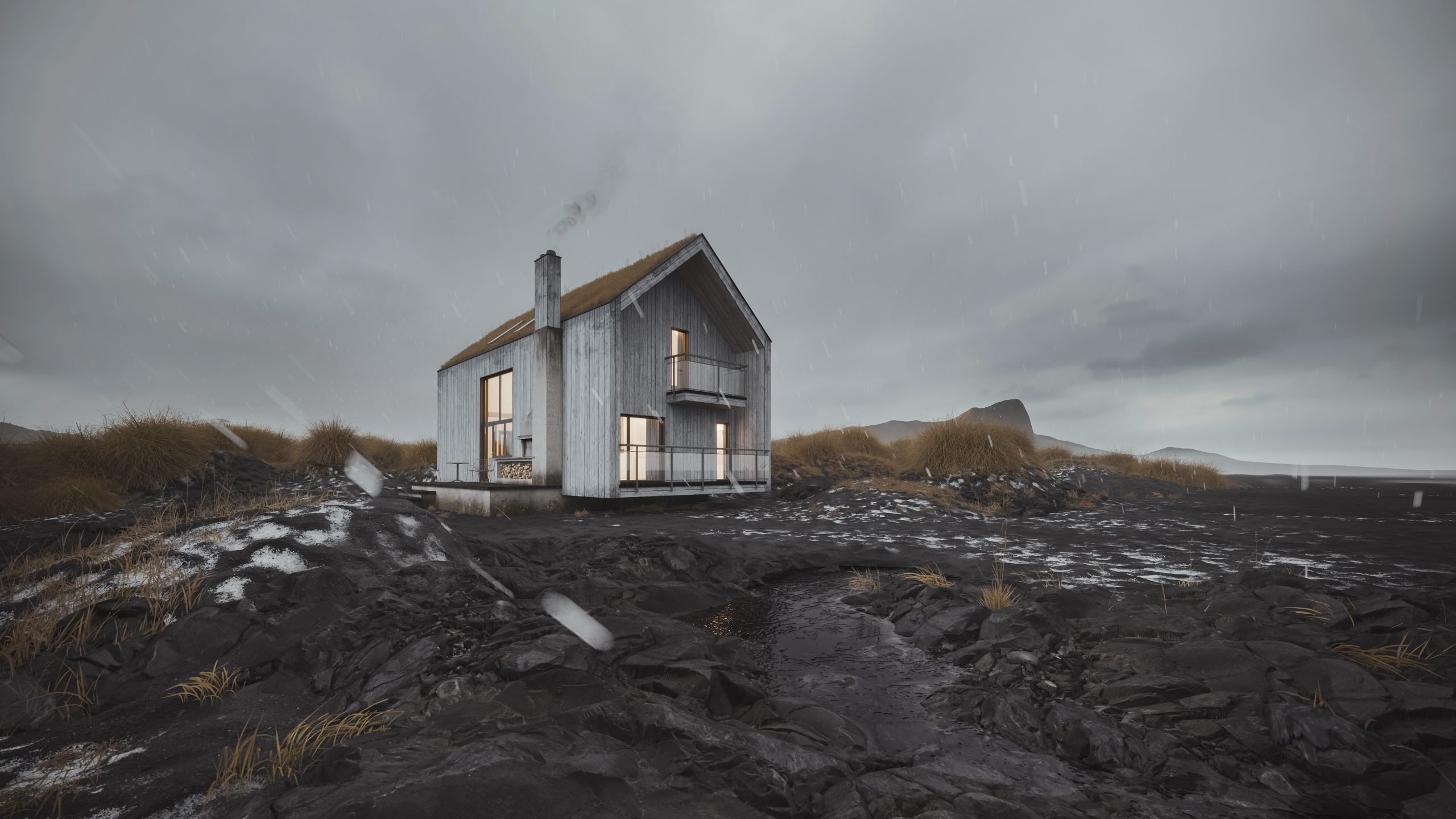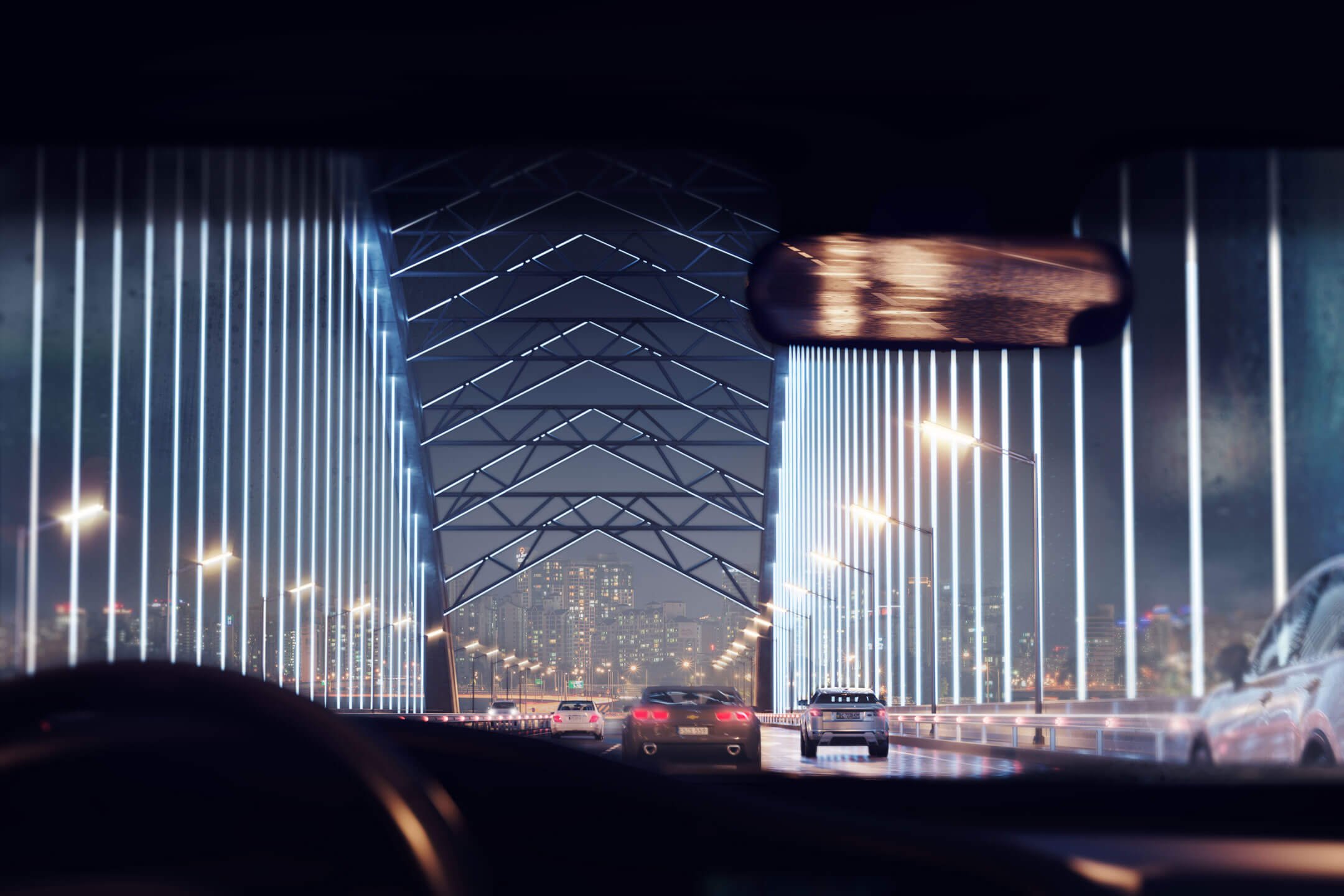Architectural rendering is an ultimate tool for architects and designers to win the client. Imagine that after hard work on the project and all the efforts, it is finally ready. And the product is beautiful, functional, innovative – well, everything the client dreamt of. The next challenge is to present the idea so that the audience will get a feel of living there. Clients must clearly see themselves benefiting from all the innumerable advantages it has. And to do that, a quality 3D rendering company is one of the best options imaginable.

As for the the creating part, it’s time-consuming and requires a lot of skills and experience. Working time depends on a lot of factors and could take from a couple of hours to a few weeks.
Naturally, you turn for help to professional 3D rendering services. But there’s one tiny problem that might lead to major disasters: you have no idea how to see the difference between poor and high-quality architectural rendering. Imagine the worst-case scenario happening in real life: 3D visualization doesn’t convince the target audience. Even worse: it looks amateurish, awkward and doesn’t do justice to your project. All that, of course, will prevent the client from cooperating with you or even taking the project seriously.
In order not to damage your reputation and make your project stand out and shine, it is crucial to be able to judge its quality. To help you with that, we have gathered tips from professional 3D artists on how to define the quality of an architectural rendering.

To begin with, here are the vital criteria for a satisfactory 3D rendering. This is the minimum that differentiate a professional 3D artist from an amateur.
Minimum Requirements a 3D Artist Must Comply with
- Absence of intersection of geometric objects. A quality architectural rendering would never have objects intersecting and merging. It makes the visualization look extremely sloppy. Needless to say, it proves that the quality of the 3D rendering containing such features is poor.
- Absence of objects flying in the air. It goes without saying, when the lamp is suspended above the nightstand instead of firmly standing on it, the image can hardly be called photoreal. Obviously, that is simply unacceptable for a quality architectural rendering.
- The scale of objects in the scene corresponds to their scale in real life. Otherwise, the presentation of project will be inaccurate and the outcome – discouragingly random.
If all these requirements are respected in the visualization you’ve got, you can go to the next step. If the architectural rendering is of a high quality, it should include the following features.
How to understand if you’ve got a high-quality architectural rendering
- Realistic lighting. It’s the first thing that helps distinguish a high-quality 3D rendering from a poor quality one. A good 3D visualization should never have black areas around the objects. Moreover, if the scene contains something black, for example, furniture items, their surface should seem to reflect the light. That is, have the appropriate shine.
- All materials look realistic. That includes all aspects of the surface of each material depicted – light reflection and refraction, transparency, roughness of the surface and so on. Whatever the material is – glass, marble or a fine and delicate fabric of the curtain – it should be flawless. The audience must have the impression of looking at the photo.
- Pattern transfer. It should correspond to the reality as well. Take a sofa with a print, for example. The scale of the pattern should be transferred with all due accuracy, respectful of the proportions of the model. Otherwise you will get a completely different item.
- Right camera setting and professional composition. It makes the image look attractive and visually appealing. Even the best project, whether a building or a room interior, needs to be presented properly. That is, from the right angle, and with the beautiful light.
- Decorations. It is extremely important that they were properly depicted. For it is absolutely crucial to create the feeling of a curated and edited scene! Pay attention that there were no small decor objects. The problem with them is that they make the space look cluttered and unappealing. There should only be large objects – to create flattering accents and look elegant.

As you can see, a high-quality 3D rendering is easy to distinguish from the poor quality one. To inspire the target audience, 3D visualization must look flawless and breathtakingly real. A faulty and boring rendering undermines all the efforts of 3D artists to create a masterpiece. As a result, it is wise to know how to evaluate the quality of architectural rendering your presentation will depend upon. This way, you will be able to have a look at the portfolio of the company and understand what you can expect. It’s always best to find a reliable partner that will deliver the quality you need. As a result, you would not need to worry about that and will be able to fully concentrate on your project.
Get your project estimated in just 1 hour - fill out this brief!
ArchiCGI will gladly take care of creating a visualization that will adequately represent your project. We have an extensive experience in the field and know how to deliver impeccable quality. We work with the most cutting-edge software, such as 3ds Max, Z-Brush, Sketchup, Solidworks etc, and in all techniques, including 3D sculpting. Contact us to use our Test Drive option for new clients!
We wish you the top-quality architectural 3D renderings and spectacular projects!

Chris Kostanets
Senior Project Manager, Mentor
Chris manages the work of 2 CGI teams and teaches Middle PMs. She loves Scottish landscapes, Ancient Greek culture, and Plein-air painting. At home, Chris is a caring parent for 3 cute chickens and a magnificent rooster.



